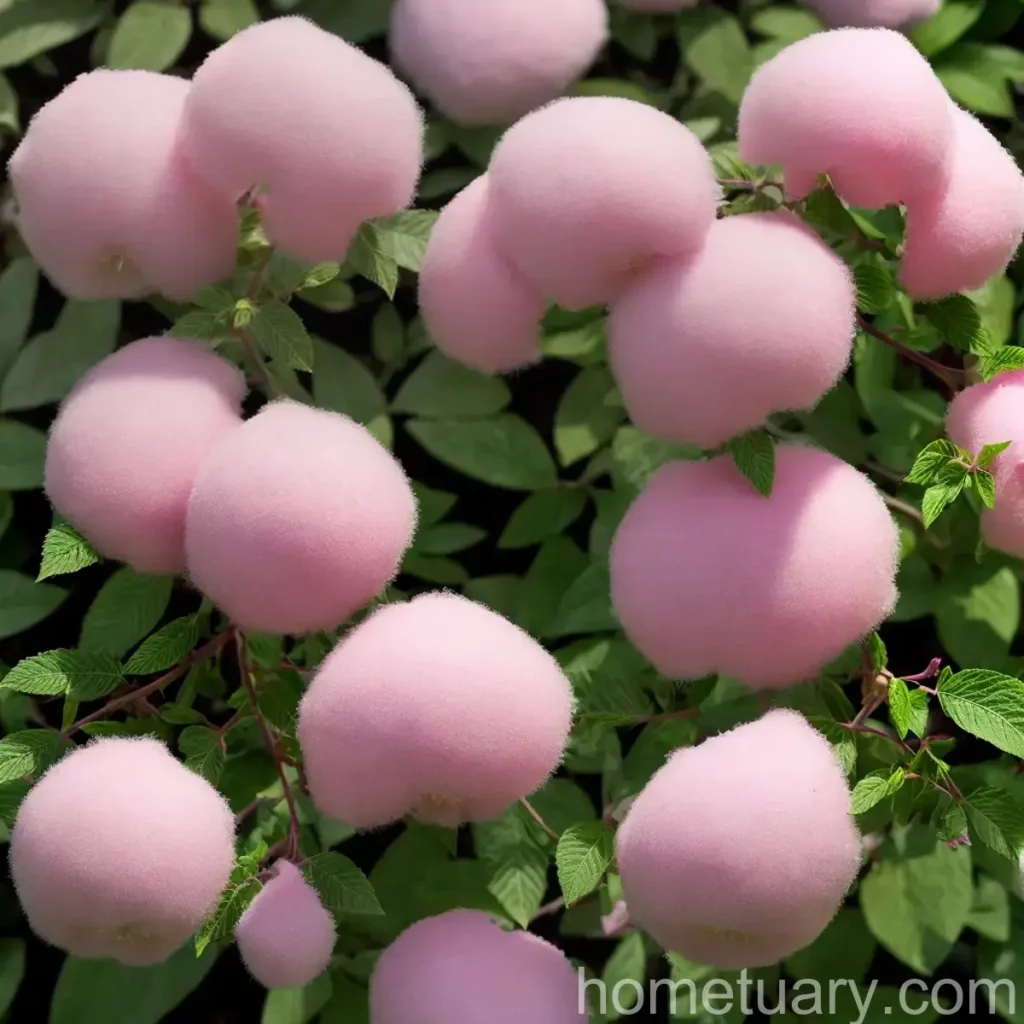The Beauty of Pink Cloud Beautybush (Kolkwitzia amabilis ‘Pink Cloud’)
Introduction
When it comes to adding vibrancy and elegance to a garden, few shrubs can rival the enchanting beauty of the Pink Cloud beautybush (Kolkwitzia amabilis ‘Pink Cloud’). This stunning ornamental shrub is cherished by horticulturists and garden enthusiasts for its delicate pink blooms, graceful arching branches, and rich green foliage. In this comprehensive guide, we will delve into the culture, uses, care, and maintenance of the Pink Cloud beautybush, providing valuable insights for both novice and experienced gardeners.
What is Pink Cloud Beautybush (Kolkwitzia amabilis ‘Pink Cloud’)?
The Pink Cloud beautybush, scientifically known as Kolkwitzia amabilis ‘Pink Cloud’, is a deciduous flowering shrub that belongs to the Caprifoliaceae family. Originating from China, this exquisite shrub is renowned for its abundant clusters of pink trumpet-shaped flowers that adorn the branches in late spring to early summer.
With a moderate growth rate, the Pink Cloud beautybush typically reaches a height and spread of 8 to 10 feet, forming an arching shape that adds a graceful and elegant presence to any landscape. Its lush green foliage provides an attractive backdrop for the profusion of charming pink blossoms, making it a standout feature in gardens, parks, and landscapes.
Key Takeaways – Pink Cloud Beautybush (Kolkwitzia amabilis ‘Pink Cloud’)
- Scientific Name: Kolkwitzia amabilis ‘Pink Cloud’
- Common Name: Pink Cloud beautybush
- Plant Type: Deciduous flowering shrub
- Flower Color: Pink
- Growth Rate: Moderate
Culture
Understanding the ideal conditions for the Pink Cloud beautybush is essential for promoting its health and maximizing its ornamental value. Let’s explore the key cultural requirements for this alluring shrub.
Uses
The Pink Cloud beautybush serves various purposes in landscaping, offering both aesthetic appeal and functional benefits. Here are some common uses of this captivating shrub:
- Ornamental focal point in garden beds and borders
- Group plantings for creating a striking visual impact
- Hedge or screen for added privacy and beauty
- Attracting pollinators such as bees and butterflies
- Erosion control on slopes and embankments
Water
The Pink Cloud beautybush thrives in well-drained soil and benefits from regular watering, especially during the early stages of growth and establishment. While it demonstrates good drought tolerance once established, adequate moisture is essential for promoting healthy growth and prolific flowering.
Sunlight
For optimal performance, the Pink Cloud beautybush prefers to be planted in a location that receives full to partial sunlight. Providing abundant sunlight ensures vigorous growth and promotes the development of an abundance of floral clusters, enhancing its overall visual appeal.
Fertilizer
Applying a balanced, slow-release fertilizer in spring can provide the Pink Cloud beautybush with essential nutrients for robust growth and prolific blooming. A fertilizer with a formulation of 10-10-10 or similar is suitable for meeting the shrub’s nutritional needs.
Soil
The Pink Cloud beautybush thrives in well-drained, slightly acidic soil with a pH level ranging from 5.5 to 6.5. It is important to ensure that the soil is rich in organic matter and is well-aerated to support the shrub’s healthy root development.
Pruning
Proper pruning is crucial for maintaining the Pink Cloud beautybush’s attractive form and encouraging abundant flowering. Pruning can be carried out in late spring or immediately after the flowering period to remove dead or damaged branches, shape the shrub, and promote new growth.
Propagation
The Pink Cloud beautybush can be propagated through various methods, including:
- Softwood cuttings in early summer
- Hardwood cuttings in late autumn to early winter
- Division of root suckers in spring
Container Popularity
While suited for being planted directly into the ground, the Pink Cloud beautybush is also a popular choice for container gardening. Its graceful form and abundant blooms make it an attractive option for adding a touch of elegance to patios, terraces, and other outdoor living spaces.
Container Common Diseases
When grown in containers, the Pink Cloud beautybush may be susceptible to certain diseases such as:
- Root rot due to waterlogged soil
- Powdery mildew in conditions of high humidity
- Leaf spot caused by fungal pathogens
Disease Diagnosis
Identifying and addressing potential diseases promptly is crucial for maintaining the health and vigor of the Pink Cloud beautybush. Visual symptoms such as wilting, yellowing leaves, or unusual spots can indicate the presence of diseases, warranting immediate intervention through appropriate treatments.
Common Pests
While generally resistant to most pests, the Pink Cloud beautybush may occasionally encounter pest infestations, including:
- Aphids
- Spider mites
- Scale insects
Botanist’s Tips
To ensure the Pink Cloud beautybush thrives and remains a captivating addition to the garden, consider the following botanist’s tips:
- Regularly monitor soil moisture to prevent both overwatering and underwatering.
- Inspect the shrub for any signs of disease or pest infestations and address them promptly.
- Prune the shrub selectively to maintain its natural shape and promote flowering.
Fun Facts
- The Pink Cloud beautybush is named for its remarkable clusters of pink flowers that create a cloud-like effect when in full bloom.
- While the shrub’s flowers are its most striking feature, its foliage turns a vibrant red in autumn, adding to its seasonal appeal.
- The Pink Cloud beautybush can be effectively used to attract and support pollinators, contributing to the ecological balance of the garden.
Links to External Resources
For further information on the Pink Cloud beautybush and related topics, explore the following external resources:
- Royal Horticultural Society – Kolkwitzia amabilis
- Missouri Botanical Garden – Pink Cloud beautybush
- Gardening Know How – Growing Kolkwitzia shrubs
In conclusion, the Pink Cloud beautybush (Kolkwitzia amabilis ‘Pink Cloud’) stands as a captivating choice for gardeners seeking a shrub that combines decorative beauty with minimal maintenance requirements. Its charming pink blooms and graceful form make it a standout feature in any landscape, offering year-round appeal and attracting admiration from both humans and pollinators alike. By understanding its cultural needs and providing attentive care, gardeners can unlock the full potential of this ornamental gem, elevating the aesthetic allure of their outdoor spaces.
So, whether you are a seasoned horticulturist or an enthusiastic gardener, consider embracing the Pink Cloud beautybush to enrich your garden with its captivating presence and enduring beauty.
Remember, it’s not just a shrub, it’s a Pink Cloud beautybush – an emblem of grace and natural splendor!















